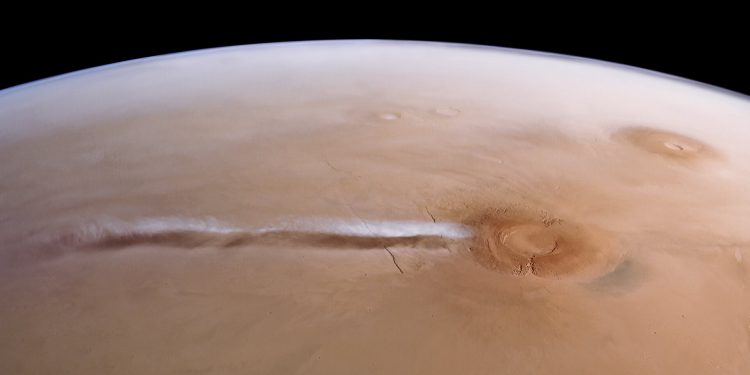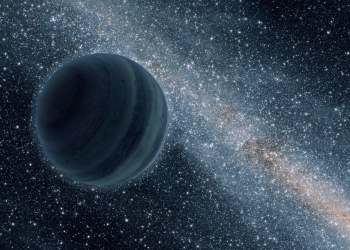For decades, scientists have been captivated by the idea that Mars was once a thriving planet, teeming with water in vast oceans, rivers, and lakes. These liquid bodies would have required a thick, protective atmosphere capable of maintaining stable temperatures. But today, the Red Planet presents a stark contrast—its barren, dry surface reveals only faint traces of this once-vibrant history. This leaves researchers with one pressing question: What happened to Mars’ atmosphere?
A groundbreaking study published in Science Advances sheds new light on this mystery. According to the researchers, a significant portion of Mars’ ancient atmosphere may still be there—trapped in the planet’s rocky surface. Remarkably, about 80% of the carbon dioxide (CO2) from Mars’ past may be locked within sedimentary rocks, specifically in carbon-based organic compounds. But here’s the kicker: this trapped carbon could potentially be extracted and transformed into rocket fuel, an exciting development for future missions to and from the distant planet.
Turning Mars’ Atmosphere into Rocket Fuel
“Based on our findings on Earth, we show that similar processes likely operated on Mars,” says Oliver Jagoutz, MIT geology professor and lead author of the study. He explains that the carbon dioxide, over time, could have been converted into methane and stored in Martian clays. “This methane could still be present and maybe even used as an energy source on Mars in the future,” Jagoutz adds, pointing to a new opportunity for space exploration.
At the center of this discovery is a special clay mineral called smectite. Known for its ability to trap large amounts of carbon, smectite on Earth played a crucial role in cooling the planet by absorbing carbon dioxide from the atmosphere. Researchers believe a similar process occurred on Mars.
Given the abundance of smectite clays on Mars, the team suggests that much of the Red Planet’s early atmosphere might have been absorbed in this way. “We know this process happens on Earth, and these rocks and clays exist on Mars too,” Jagoutz says. “Our goal was to connect the dots and see if we could apply the same knowledge to Mars.”
A 3.5-Billion-Year-Old Puzzle
Around 3.5 billion years ago, Mars was a planet rich in water, with rivers flowing across its surface. During this time, scientists believe carbon dioxide was pervasive, dissolving into the water and rocks. The researchers propose that this interaction between water, CO2, and smectite clays led to vast amounts of carbon being locked away in the planet’s surface.
“These smectite clays have an immense capacity to store carbon,” explains Joshua Murray, coauthor of the study and MIT planetary sciences PhD. By analyzing how smectite functions on Earth, Murray and his team extrapolated these findings to Mars. “If the Martian surface contains significant amounts of this clay, there’s the potential for large methane stores as well,” Murray notes.
This revelation has led scientists to wonder: Could Mars’ missing atmosphere be hiding in plain sight, stored within the planet’s surface, just waiting to be discovered?
The potential to harness carbon from Mars’ surface and convert it into methane offers a tantalizing opportunity for future space missions. It could provide a critical energy source for astronauts, reducing the need to transport fuel from Earth and potentially making long-term exploration more feasible.
Join the Conversation!
Have something to share or discuss? Connect with us on Facebook and join like-minded explorers in our Telegram group. For the latest discoveries and insights, make sure to follow us on Google News. Passionate about history and knowledge? Be part of our exclusive community by visiting the Ancient Library’s Telegram group.











